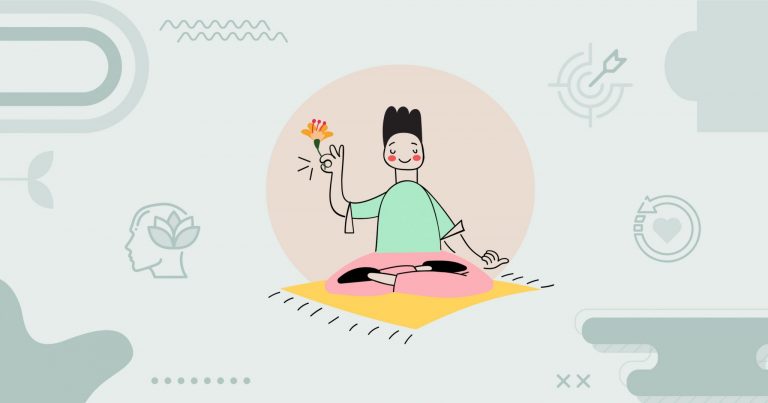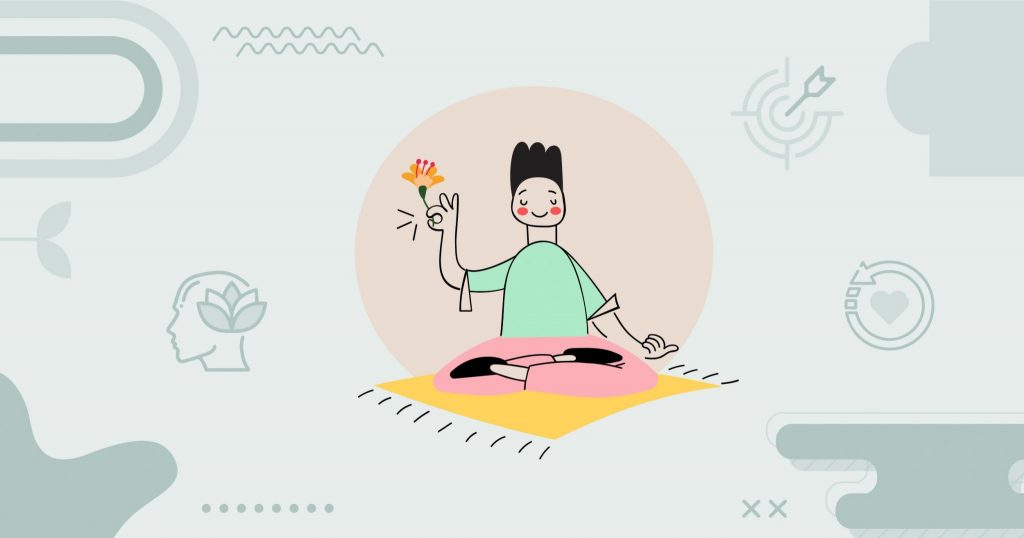Visualization Psychology
In the whirlwind of our everyday lives, it’s all too easy to fall into the cycle of quick fixes for our troubles. We pop pills to quiet a persistent headache, pour another cup of coffee to chase away the fog of fatigue, and dive into the endless scroll on our phones to sidestep the stress that tugs at our edges. Yet, in the midst of managing these symptoms with tangible, almost reflexive solutions, we often gloss over a critical element: the profound impact of our mental processes. Rarely do we pause to consider that our mental state might be the puppeteer pulling the strings behind scenes of stress, anxiety, and physical ailments.
The real challenge? It’s about peeling back the layers to understand how deeply intertwined our mental and physical states truly are. Imagine what could happen if we started paying as much attention to our psychological health as we do to silencing symptoms with temporary fixes. Harnessing the power of our minds doesn’t just offer relief—it can fundamentally transform our overall health. It’s about switching gears from reactive to proactive, from surviving to thriving. By tuning into our mental well-being with the same urgency we respond to physical discomfort, we can unlock a new level of health that encompasses both body and mind.
What is Visualization?
Picture this: you’re visualizing crossing the finish line at a marathon, or perhaps nailing a presentation at work. This isn’t just daydreaming; it’s a powerful psychological tool known as visualization, and it’s backed by some serious science. When you engage in mental imagery, you’re not just spinning tales in your mind. You’re actually tapping into complex neural processes that can have tangible effects on both your body and brain.
Here’s how it works: Neurologically speaking, when you visualize an action, your brain isn’t just passively picturing something; it’s actively generating impulses that communicate with your neurons to “rehearse” the action. This rehearsal doesn’t just float in your cerebral space—it builds and strengthens neural pathways, those crucial clusters of brain cells responsible for creating memories and learned behaviors. This means that even though you’re not physically performing the task, your brain is laying down the groundwork as if you are.
And it gets even more fascinating on a neurochemical level. For instance, imagine yourself in a calm, serene setting—a quiet beach at sunset, perhaps. This mental image can stimulate your brain to produce serotonin, a feel-good hormone that fosters relaxation and happiness. Conversely, picturing yourself succeeding in a stressful situation can actually lower your cortisol levels, the notorious stress hormone, preparing you mentally and physically to handle the challenge with ease.
Furthermore, this mental practice engages your brain’s motor cortex, the same area that springs into action during physical activity. This means that visualization can improve how you perform a task physically without even moving a muscle. Think of it as conducting a full rehearsal in the theater of your mind, where every trial run makes your next live performance that much better.
Subscribe to newsletter
Get your Gut Health Starter Guide right now.
Elevate your Tuesdays with practical, science-backed wisdom propelling you forward on your gut health journey.

The Power of Visualization
- Start Simple: Begin by integrating short visualization sessions into your daily routine. Spend a few minutes each morning or evening closing your eyes and picturing a peaceful scene or imagining yourself succeeding in a specific endeavor. This practice can help set a positive tone for the day or facilitate a peaceful wind-down in the evening.
- Use Guided Imagery: For those new to visualization, guided imagery resources are invaluable. These can be found in the form of apps, online videos, or audio recordings where a narrator guides you through a peaceful or empowering mental image. Guided imagery is particularly useful for stress reduction and relaxation.
- Create a ‘Vision Board’: A vision board is a physical representation of your goals and dreams. Compile images, quotes, and symbols that represent what you aspire to achieve and place them where you’ll see them daily. This can reinforce your visualization practice and keep your objectives top of mind.
- Practice Goal-Oriented Visualization: Regularly engage in visualization that focuses on specific goals, such as performing well in a job interview, running a marathon, or successfully leading a project. The more detailed your visualization, the more effectively your brain can forge the neural pathways that contribute to actual success.
- Incorporate Into Physical Training: Athletes often use visualization to enhance performance. You can apply this technique by visualizing complex physical tasks, from yoga poses to dance sequences or athletic movements, which can enhance muscle memory when you perform the task in reality.
A Success Story of Clarity and Healing
Michael, a seasoned IT professional in his forties, found himself grappling with chronic anxiety and hypertension, conditions that were magnified by the relentless pressures of his high-stress career. Although he had tried various traditional therapies, the relief was often fleeting, pushing him to seek alternative solutions. Skeptical yet determined, Michael turned to visualization techniques as a complementary approach to his existing treatment plan.
He started his mornings with guided imagery sessions, listening to audio recordings that helped him visualize serene and calming scenes, setting a peaceful tone before diving into his workday. As he grew more comfortable with the practice, Michael began incorporating goal-oriented visualization into his routine, imagining himself managing workplace challenges with unruffled calm and proficiency.
“After a few months of consistent practice, I began to notice a tangible decrease in my day-to-day anxiety and a newfound ability to handle stress,” Michael recalls. The results were not just psychological; his physical health indicators, particularly his blood pressure, started to show remarkable improvement.
Building on this momentum, Michael extended his visualization to encompass broader health goals. He pictured himself achieving and maintaining healthy blood pressure levels and his body thriving in response to his healthy lifestyle choices. Over time, these visualized scenarios began to manifest into reality, with his health metrics improving significantly.
Reflecting on his transformative journey, Michael shares, “Visualization has profoundly impacted my life. It’s more than just mental exercises; it’s about programming my brain to actualize the health and success I consistently envision. I’m empowered by the knowledge that I have this powerful tool at my disposal, capable of not only enhancing my mental well-being but my physical health as well.”


















